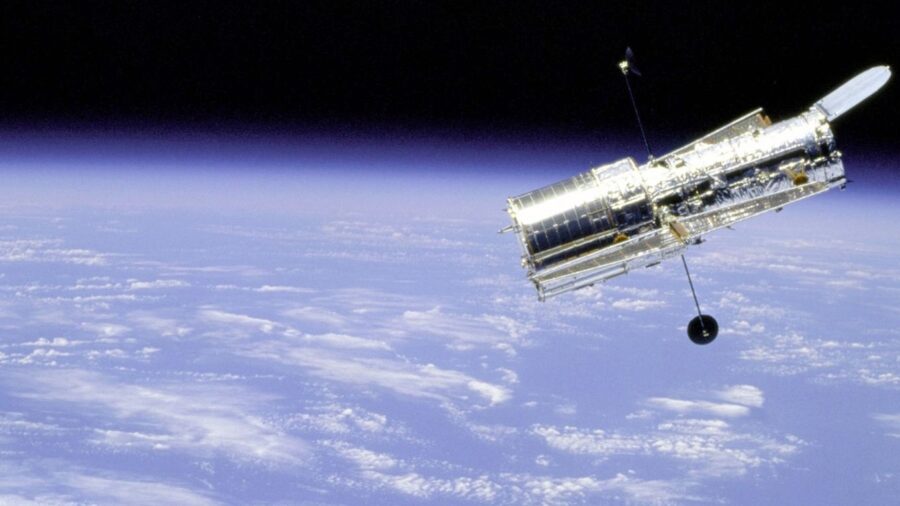Written by Kevin C. Nice | published
Most people have never heard of Lagrange points, but they represent the new battleground in the emerging space race between China and the United States as the two global powers compete in space exploration.
What are Lagrange points?
Lagrange points are points in interplanetary space where the centripetal force needed for a smaller body to rotate stably between two celestial bodies is balanced by the gravitational force between the two bodies. The points are named after Joseph Louis Lagrange, the Italian astronomer, physicist and mathematician who made major contributions to the fields of classical and celestial mechanics, as well as number theory and analysis.
Within our solar system there are five Lagrange points, each named L1 through L5. The position of L4 and L5, which lie 60 degrees in front of and behind Earth in the path of its solar orbit, makes them ideal locations to “park” telescopes and satellites. Spacecraft entering these regions can remain in place for long periods of time without having to consume a significant amount of fuel in order to maintain their position.
This makes these Lagrange points ideal places to observe weather patterns on Earth. For their part, L1 and L2 also offer distinct advantages for communications, surveillance, and space research due to their proximity to the Moon and their general lack of atmospheric interference.
Lagrange points carry great importance for communication and observation, and fuel the technological and economic competition between the United States and China
Located 1.5 million kilometers (932,000 miles) on the other side of Earth from the Sun, L2 rotates at roughly the same speed as our planet, but remains about four times the distance from our Moon.
L2 is one of the most important Lagrange points for observation purposes. It is located on the opposite side of the Moon from Earth, and provides an excellent view of deep space, making it an ideal location for highly sensitive space telescopes such as the James Webb Space Telescope. The Queqiao satellite was sent to L2 by China from the Chang'e 4 lunar probe, the first of its kind to land on the far side of the Moon from Earth.

Meanwhile, the United States is also planning missions targeting the L2 Lagrangian point, such as the Lunar Gateway Site, planned for the latter part of this decade.
As China continues to ramp up its space program, the United States has a vested interest in jockeying for position to prevent the Chinese Communist Party from gaining the upper hand in communications and surveillance.
Lagrange points hold great importance for communication and observation, and they fuel the technological and economic rivalry between the United States and China, making them a major focus at NASA and the Department of Defense. Recently, a bipartisan House panel released a report proposing nearly 150 policy recommendations to “fundamentally reset relations” between the United States and China.
This report came after a year-long investigation into the rivalry between the two countries. In it, special attention was paid to Lagrange points, with one recommendation suggesting that NASA and the Department of Defense receive funding for programs that would counter the Chinese Communist Party's “malign ambitions” in space.
As China continues to ramp up its space program, the United States has a vested interest in jockeying for position to prevent the Chinese Communist Party from gaining the upper hand in communications and surveillance.
This makes Lagrange points a central focus of the new space race between the United States and China.

“Devoted student. Bacon advocate. Beer scholar. Troublemaker. Falls down a lot. Typical coffee enthusiast.”
